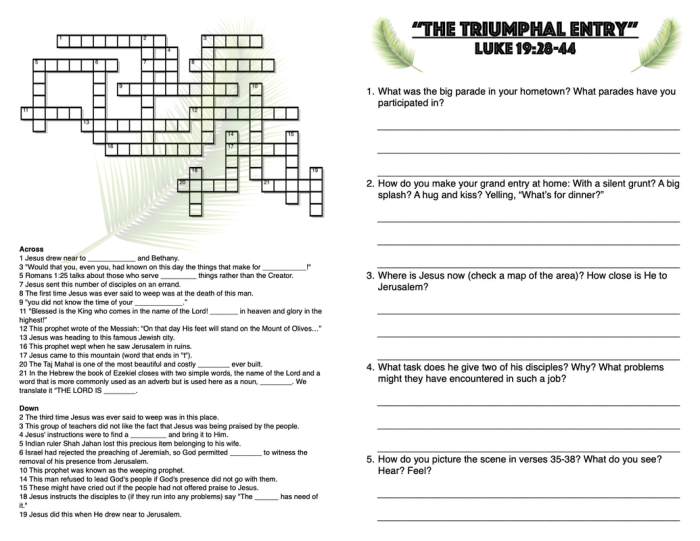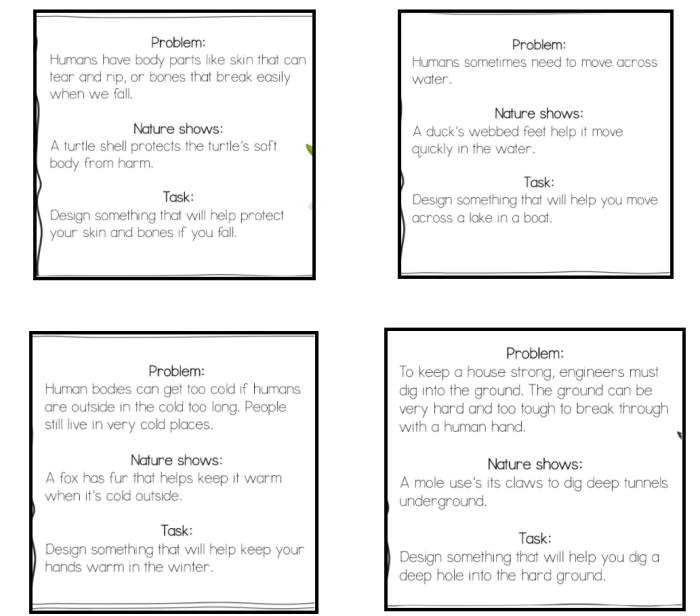As the “Digging Deeper Survival Needs Worksheet Answers” takes center stage, this exploration delves into the intricacies of human survival, unraveling the essential components that sustain us in the face of adversity. Through a comprehensive examination of physical, psychological, and practical considerations, this guide empowers individuals with the knowledge and strategies to navigate challenging scenarios with resilience and resourcefulness.
Survival Needs Worksheet: Overview

A survival needs worksheet is a tool that helps individuals identify and prioritize their essential needs in a survival situation. It serves as a framework for planning and decision-making, ensuring that critical needs are met in the face of adversity.
Survival needs worksheets typically include sections for physical, psychological, skills, knowledge, equipment, and emergency preparedness.
The benefits of using a survival needs worksheet include:
- Increased awareness of essential needs
- Improved prioritization and decision-making
- Reduced stress and anxiety in survival situations
- Enhanced self-reliance and preparedness
Physical Needs
Physical needs are essential for survival and include:
- Shelter: Protection from the elements, extreme temperatures, and potential threats
- Water: Hydration is crucial for maintaining bodily functions and preventing dehydration
- Food: Provides energy and nutrients for survival
- Rest: Sleep and rest are essential for physical recovery and mental well-being
Prioritizing these needs is crucial, with shelter and water taking precedence in most situations. In environments with extreme temperatures, shelter becomes paramount. In situations with limited resources, food may be prioritized over rest to conserve energy.
Psychological Needs, Digging deeper survival needs worksheet answers
Psychological needs are equally important for survival and include:
- Emotional regulation: Managing stress, anxiety, and fear
- Mental resilience: Maintaining a positive mindset and coping with challenges
- Emotional support: Seeking and providing support from others
- Sense of purpose: Finding meaning and motivation in survival
Coping mechanisms for maintaining mental well-being include:
- Mindfulness: Paying attention to the present moment without judgment
- Positive self-talk: Encouraging and motivating oneself
- Problem-solving: Identifying and addressing challenges effectively
- Social support: Connecting with others for emotional support and encouragement
Skills and Knowledge
Essential survival skills and knowledge include:
| Skill | Description |
|---|---|
| Fire-starting | Creating fire for warmth, cooking, and signaling |
| Shelter-building | Constructing temporary or permanent shelters for protection |
| Water purification | Treating water to make it safe for drinking |
| Navigation | Finding and following a path in unfamiliar terrain |
| First aid | Providing basic medical care for injuries and illnesses |
Acquiring and developing these skills can be done through books, online resources, workshops, and hands-on practice.
Equipment and Supplies
Essential survival equipment and supplies include:
- Knife: Multi-purpose tool for cutting, preparing food, and defense
- Fire starter: Lighter, matches, or other means to start a fire
- First aid kit: Basic medical supplies for treating injuries and illnesses
- Water purification tablets or filter: For treating water
- Shelter: Tent, tarp, or other materials for shelter
- Food: Non-perishable food items for sustenance
- Clothing: Appropriate clothing for the environment and conditions
- Communication device: Whistle, signal mirror, or other means to signal for help
Selecting the right gear depends on the specific environment and situation. Packing and maintaining survival gear involves organizing items efficiently, ensuring accessibility, and protecting them from damage.
Emergency Preparedness
Emergency preparedness involves creating a plan to respond to potential emergencies and disasters. This includes:
- Evacuation plan: Identifying escape routes and evacuation points
- Communication strategies: Establishing methods to stay connected and informed
- Emergency supplies: Gathering essential supplies for survival in an emergency
Community involvement and support play a crucial role in emergency preparedness. Building relationships with neighbors, forming community response teams, and participating in emergency drills enhances preparedness and response capabilities.
Clarifying Questions: Digging Deeper Survival Needs Worksheet Answers
What are the most critical physical needs for survival?
Shelter, water, food, and rest are the foundational physical needs that must be met for human survival.
How can I prioritize my needs in a survival situation?
Prioritize needs based on the “rule of threes”: you can survive three minutes without air, three hours without shelter, three days without water, and three weeks without food.
What are some essential survival skills?
Fire-starting, shelter-building, water purification, navigation, and first aid are crucial survival skills that can significantly enhance your chances of survival.
